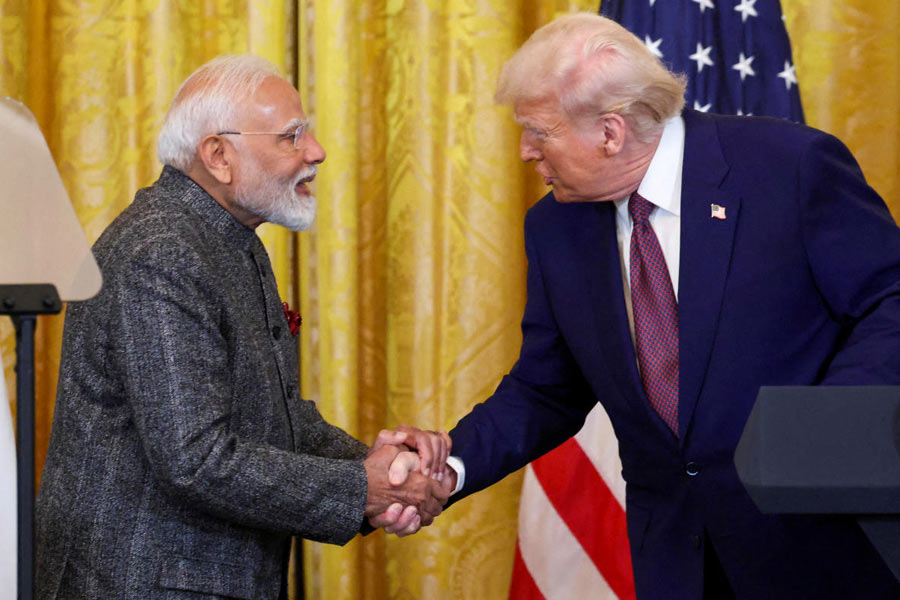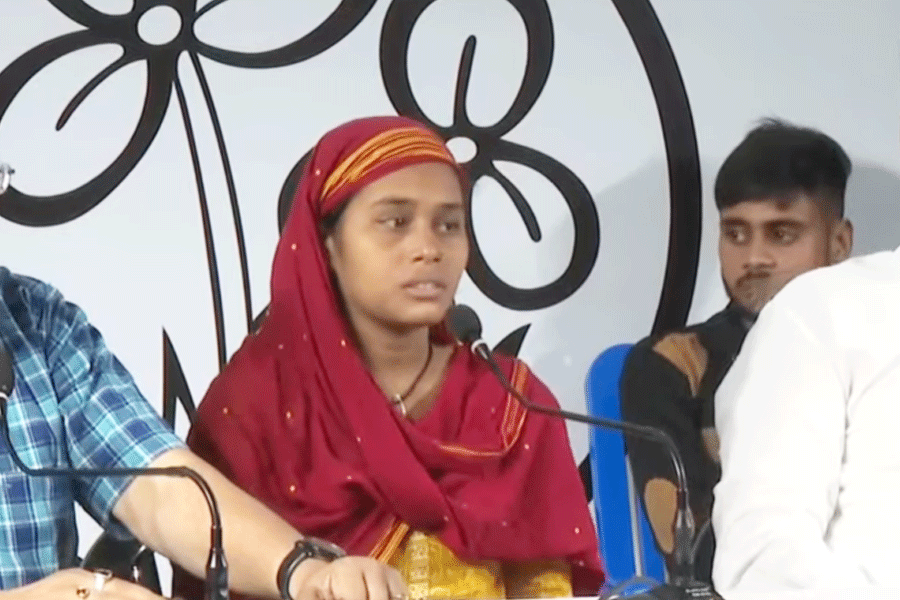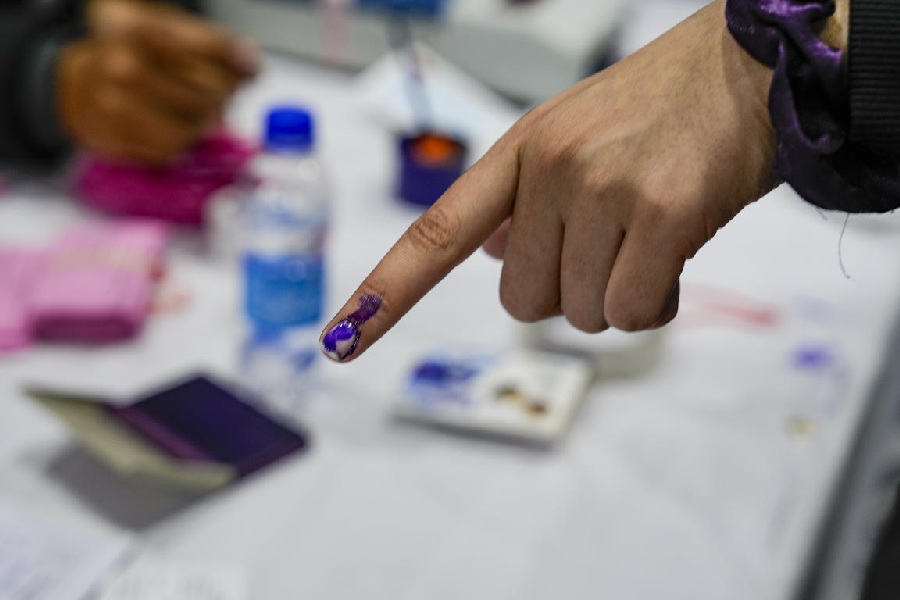 |
| History-delver: Prof. Debabrata Banerjee delivering the lecture |
For years it has been known that Acharya Prafulla Chandra Ray discovered the compound mercurous nitrite in 1892. But this is not true. This is what Dr Debabrata Banerjea, former Rashbehary Ghosh professor of Chemistry, Calcutta University, said while delivering the P.C. Memorial Lecture organised by the Indian Science News Association (ISNA) at the Meghnad Saha Bhavan Auditorim in Rajabazar Science College on September 16.
According to him, a series of investigations on the nitrites and hyponitrites of mercury and other metals has proved that it is not possible to isolate mercurous nitrite. ?In a journal of inorganic chemistry, published in 1966, two experts proved conclusively that mercurous nitrite does not exist in nature and hyponitrites of mercury are even less likely to exist,? said Banerjea.
Banerjea was the student of Priyadaranjan Ray, one of the most promising students of Ray. He is well known for his work on mechanisms of metal complexes.
Banerjea described Ray as someone who never shied away from the truth. The picture of Ray that took shape from his anecdotes was not that of a larger-than-life genius, but of a true scientist who carried out experiments, of which some were successful, while others were not.
Banerjea himself had failed to isolate mercurous nitrite despite following Ray?s method of preparation meticulously. ?All my attempts ended in failure and the yellow crystalline product formed turned out to be a basic nitrate of mercury (II),? said Banerjea. ?It is very easy to describe the Acharya as a ?great chemist and the precursor of modern Indian chemistry?. But it would be an incomplete assessment of a versatile scholar who was much more than that.?
Ray realised that the progress and prosperity of a nation depends on its industrial development, in which chemistry has a major role to play, said Banerjea.
?In 1882, Ray received the Gilchrist Scholarship and went to pursue the BSc course in the Edinburgh University. He was selected for the DSc course at the same university for his research work on the conjugated double sulphates of metals like copper and magnesium, with reference to the chemical periodicity and the Periodic Law proposed by Mendeleev,? said Banerjea.
Ray returned to India in July 1888. But, back home he had to wait for one year before being appointed as a temporary assistant professor of chemistry at the Presidency College. He was offered a monthly salary of Rs 250 only. According to Banerjea, the reason behind such a discrimination was political. Ray was not just a scientist, he was also a patriot. He had written two articles during his years in Edinburgh ? ?India Before and After the Mutiny? and ?Essays on India? ? which fetched the wrath of the British administration.
Ray?s real contribution was the creation and development of the modern school of chemistry in India. He initiated research on the preparation and studies of organic nitrites, organic sulphur compounds and their reactions with metal salts, organic halogen compounds, including fluoro-compounds and organometallic compounds of mercury.
?An objective and dispassionate assessment of Ray?s research and achievements will not place him in the same league with the other exceptional chemists of his time,? said Banerjee.
Once Ray was delivering a lecture on the chemical processes followed by ancient Indians at the Lahore University. An Englishman present in the audience sneered at the crude apparatus described by Ray in the course of his lecture. Ray noticed it. He took a handful of makaradhwaja, resublimed mercuric sulphide, which was used as medicine by contemporary European doctors, and said, ?Look, with such a crude apparatus Indians prepared this chemical 2000 years ago, when the ancestors of our friend over there were living in jungles wearing raw hide.?
Despite being a social worker throughout his life, Ray spent his last years in neglect. ?The man who did his best to serve his countrymen, suffered a lonely death on June 16, 1944,? Banerjee said.
Prof. .C. Dutta, the honorary secretary of ISNA, Prof. B.B. Biswas, former director of the Bose Institute, and Dr B. Roy, president of the Indian Science Congress Association, were also present at the lecture.











